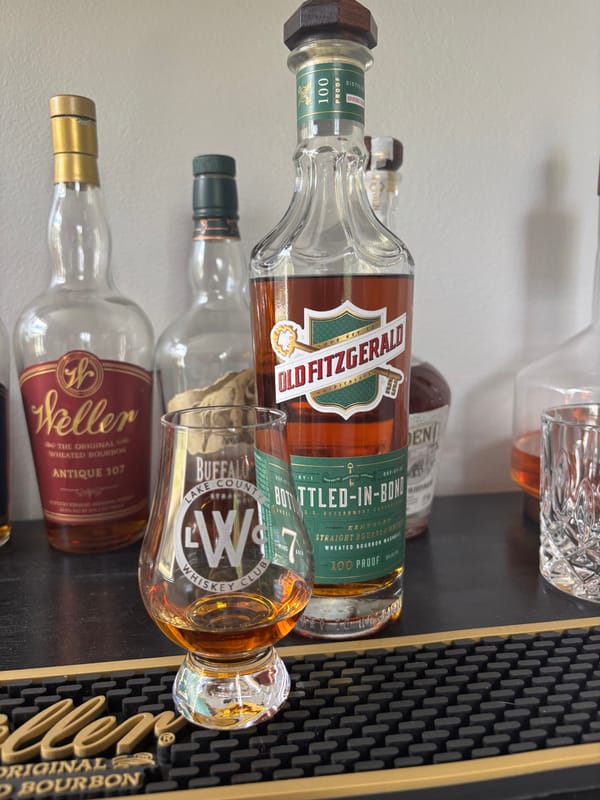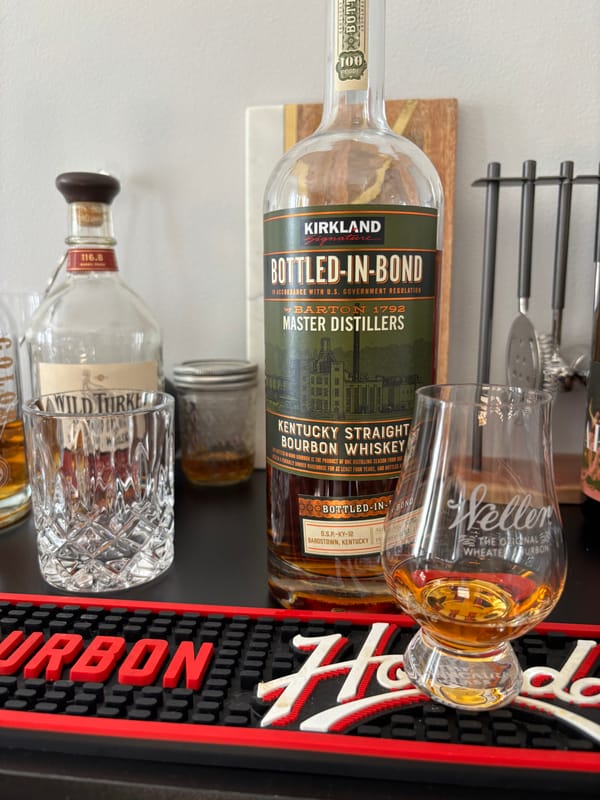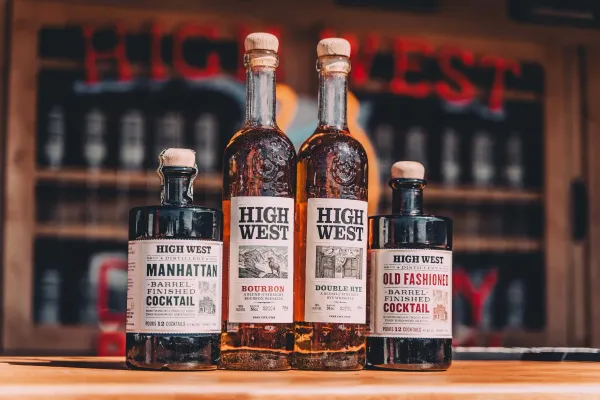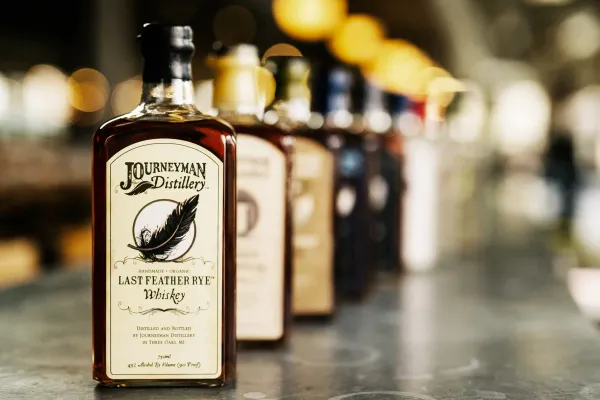How Fermentation Turns Grain Into Bourbon: The Step You’ll Wish You Understood

Fermentation: The Bourbon Kickstart You Can’t Ignore
Bourbon starts as grain, but fermentation is where it gets its soul—without it, you’re just chewing corn. This hidden step is the spark that makes whiskey possible. Here’s the undeniable truth about bourbon fermentation, straight from the basics, and why it’s your 2025 must-know.
What Is Fermentation in Bourbon?
Fermentation turns grain sugars into alcohol—it’s a legal must for bourbon, which requires a mash of at least 51% corn. Water and yeast mix with ground grains, creating a mash that bubbles into a low-alcohol liquid over days. Every bourbon maker follows this—no fermentation, no whiskey.
How Fermentation Works
The fermentation process kicks off with mashing, a crucial preparation step where grains—corn, rye, or wheat—are first milled into coarse flour to break their structure and expose their starches. These milled grains, with corn making up at least 51% of the mix as required by U.S. law (27 CFR § 5.22) for bourbon, are then combined with water in large vats and heated to a precise temperature, typically around 180-200°F, to gelatinize the starches and convert them into fermentable sugars through a natural breakdown process. Once this sugary mash cools to a yeast-friendly range, usually between 75 and 90°F, living yeast organisms are introduced into the mixture. The yeast, a microscopic powerhouse, begins feeding on these sugars, metabolizing them into alcohol and carbon dioxide gas as byproducts, a transformation that bubbles and froths in massive stainless steel or wooden tanks designed to hold hundreds or thousands of gallons. This fermentation unfolds over three to five days, depending on the yeast strain and conditions, steadily building the mash’s alcohol content until it reaches approximately 8-10% alcohol by volume (ABV)—a murky, beer-like liquid with a tangy aroma, ready to move into the distillation phase. Temperature plays a pivotal role throughout this stage: if it climbs too high, above 100°F, the heat can kill the yeast, halting fermentation entirely; if it drops too low, below 70°F, the yeast slows down significantly, stretching the process and risking incomplete sugar conversion. Every bourbon maker carefully monitors this balance, ensuring the mash ferments fully to set the stage for the next step in crafting their spirit.
Why Fermentation Changes Bourbon
Yeast isn’t merely a tool for producing alcohol; it’s a critical player in crafting bourbon’s flavor profile, laying the groundwork for the spirit’s final character. Different yeast strains bring their own influence to the mash—some emphasize sweet notes like caramel or honey, others introduce fruity undertones such as apple or pear, and certain types enhance spicy hints like pepper or clove, all depending on the strain’s natural tendencies. This fermentation stage, where yeast converts grain sugars into alcohol over three to five days, creates a liquid with 8-10% alcohol by volume (ABV), but it also embeds these subtle flavors into the mix, setting the stage for what emerges after distillation and aging in new charred oak barrels. For a corn-heavy mash, which must be at least 51% corn, yeast amplifies the grain’s inherent richness, giving bourbon a full-bodied, rounded taste. In contrast, when rye is present in the mash, yeast accentuates its sharper, more biting edge, adding a distinct kick that carries through the process. This step locks in the foundational flavors—whether sweet from corn or spicy from rye—before distillation refines it, and oak aging adds layers like vanilla or caramel. Every bourbon producer relies on this universal fermentation process, making it an essential bridge between raw grains and the finished whiskey in your glass.
Why You Need to Care in 2025
Fermentation’s the root of bourbon’s kick—without it, oak barrels would have nothing to work with. It’s the quiet giant behind your glass—know it, taste it. Want to explore bourbon’s start? Check out NEAT: Whiskey Finder—it’ll help you track down bourbon and whiskey near you.





